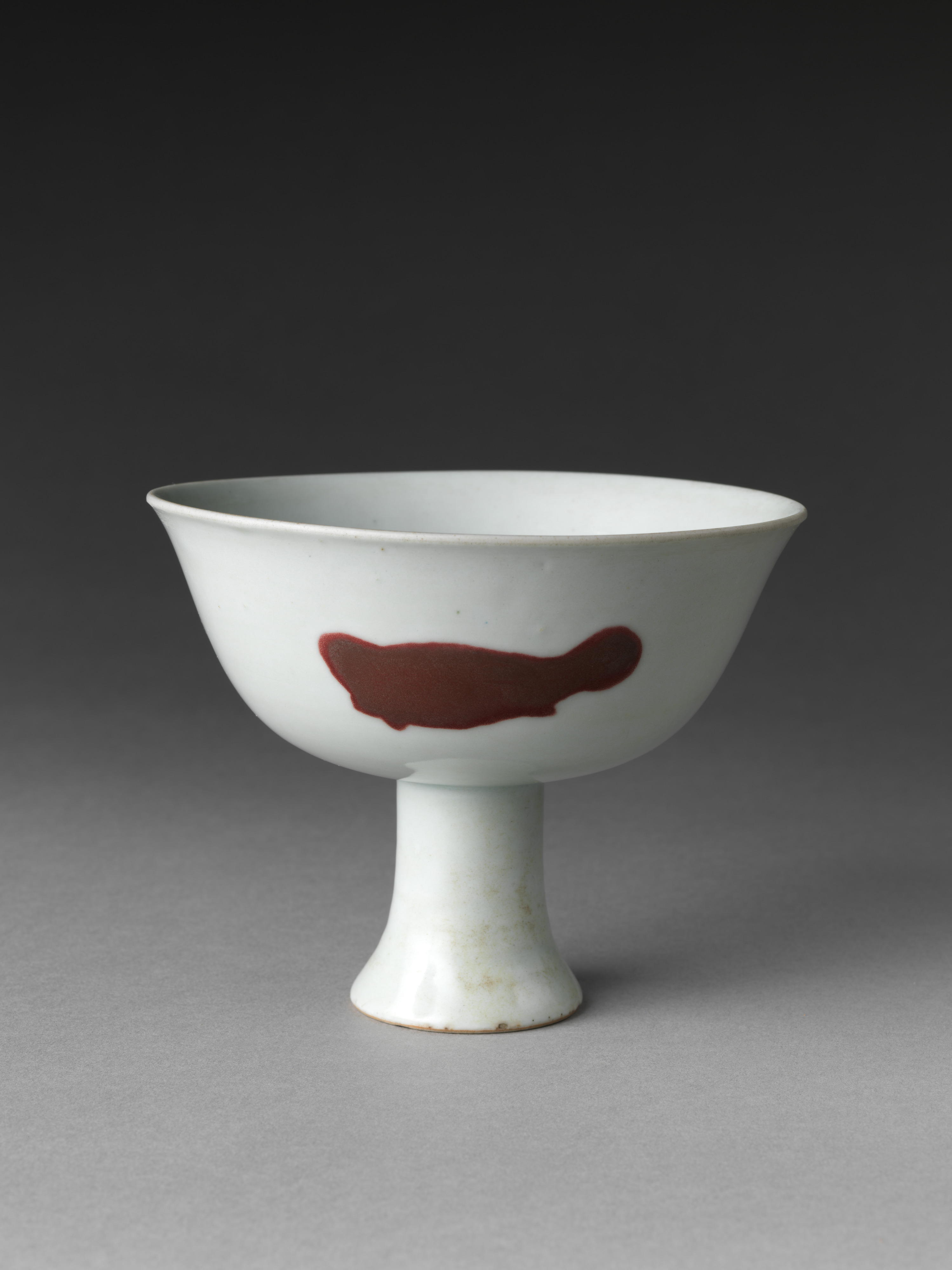An expert and collector of ceramics in the Ming era would look for antiques (93). He would pay attention to not only the style, the visual aesthetic, of the object, but also its function (100). An antique collector would want to know the use(s) of and the purpose(s) served by the desired item, possibly augmenting its value.
Within the broad category of ceramics, there are subcategories according to their respective origin of production (location and/or reign period) (101). Based on these subcategories, there is a value ranking, in which the ceramics from the early Ming’s reign period of Emperors Xuande (1426-1435) and Chenghua (1465-1487) are the top (103).
Ceramic forgery was much less common than other types (calligraphy, painting, jade-working, metal-working) because more time and effort was required to successfully create a final product (109).

Bibliographic Reference
Clunas, Craig. Superfluous Things: Material Culture and Social Status in Early Modern China. Honolulu: Univ Of Hawai’i Press, 2016.